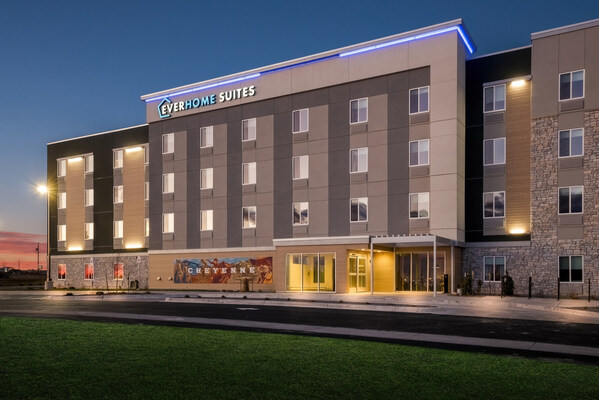The hospitality industry is constantly evolving, adapting to changing traveler preferences and economic climates. Cloudbeds, a leading hospitality management platform, recently released its 2024 “State of Independent Lodging Report,” revealing a fascinating trend: a rise in medium-term stays at independent hotels. Let’s delve deeper into this shift and explore its implications for both travelers and hoteliers.
A Moderate Rise in Medium-Term Stays
Cloudbeds’ report indicates a moderate (1%) increase in medium-term stays (3-4 nights) globally in 2023 compared to previous years. While this might seem like a small percentage, it signifies a noteworthy shift in traveler behavior. This trend could be attributed to several factors, including:

The Rise of “Bleisure” Travel: The term “leisure” combines business and leisure travel, where professionals extend their work trips to incorporate leisure activities. With the increasing flexibility of remote work, travelers can seamlessly blend work and play, opting for longer stays that allow them to explore the destination beyond business meetings.
Return of International Tourism: The report suggests that the return of international tourism might contribute to longer stays. Inbound tourists often stay for extended periods to experience a new culture and explore a destination thoroughly. Additionally, international travelers tend to have higher spending power, potentially leading to increased revenue for hoteliers.
Benefits of Longer Stays for Hoteliers
While the 1% increase in medium-term stays might seem small, it holds significant implications for hoteliers. Here are some potential benefits:
Increased Revenue per Guest: When guests stay longer, they are more likely to spend money on additional services and experiences offered by the hotel. This could include dining at the hotel restaurant, booking spa treatments, or participating in organized activities.
Boosted Occupancy Rates: Longer stays contribute to higher occupancy rates, which translates to increased revenue for hoteliers. Filling rooms for longer periods allows hotels to maximize their income potential.
Reduced Room Turnover Costs: Shorter stays involve more frequent room cleaning and preparation for new guests. Longer stays reduce this workload, resulting in cost savings for the hotel.
Building Relationships: Extended stays foster deeper connections between guests and hotel staff. Guests have more opportunities to interact with staff, leading to a more personalized experience and potentially encouraging return visits.
Beyond the Bottom Line: Enhanced Guest Experience
Adam Harris, co-founder and CEO of Cloudbeds, emphasizes that the shift towards longer stays benefits not just hoteliers, but also guests:
This quote highlights the importance of building genuine connections within the hospitality industry. Longer stays enable guests to experience the hotel’s culture and create lasting memories.
Independent Lodging Landscape: A Snapshot
Cloudbeds’ report sheds light on the overall length of stay patterns in 2023. Here are some key takeaways:
Dominance of Short Stays: Nearly three-quarters (73%) of bookings at independent hotels were for stays of 1-4 nights.
Breakdown of Short Stays: 43% of booked room nights were for 1-2 nights, while 30% were for 3-4 nights.
Data Scope: Cloudbeds’ findings are based on data from a sample exceeding 10,000 independent properties worldwide, encompassing various types including boutique hotels, guest houses, B&Bs, and hotel groups. The data is geographically diverse, representing independent lodging establishments in North America, Latin America, Europe, and the Asia-Pacific region.




